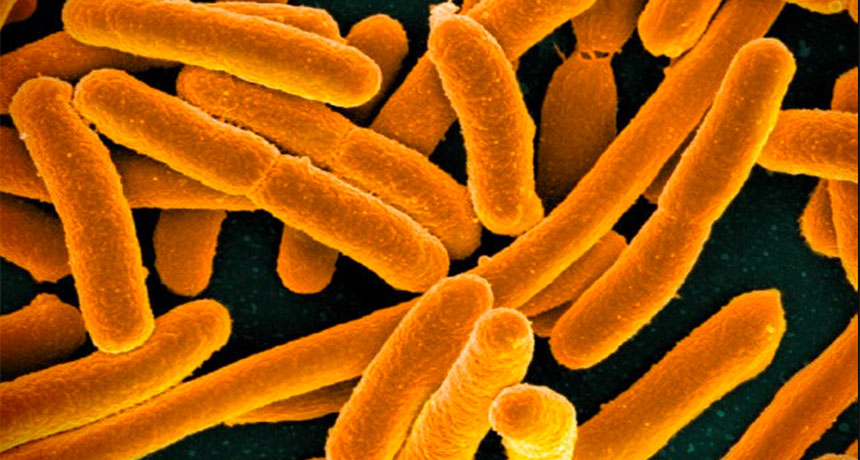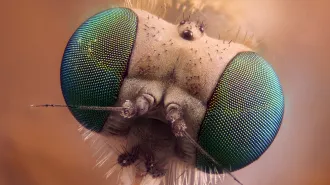Tiny toxic proteins help gut bacteria defeat rivals
Microcins attack pathogens involved in gut inflammation

GERM WARFARE When iron gets scarce, a bacterium called E. coli Nissle deploys molecules called microsins that kill some other types of bacteria, including other strains of E. coli.
NIAID







